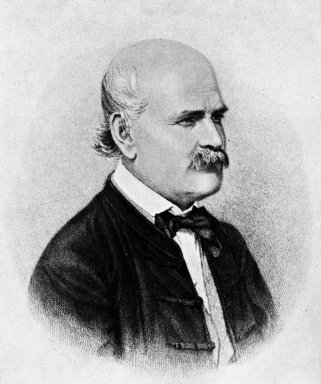Lessons from History: Ignaz Semmelweis, Unwashed Hands and Ignored Evidence

Ignaz Semmelweis
The tale of Dr. Ignaz Semmelweis, a 19th-century Hungarian physician, is a poignant lesson from history about the risks of ignoring empirical evidence. Semmelweis, often referred to as the ‘savior of mothers’, made a groundbreaking discovery: that childbed fever, a leading cause of death among women in childbirth, could be significantly reduced if doctors simply washed their hands with chlorinated lime solutions. Despite solid data supporting his assertion, Semmelweis’s peers rejected his claims, reluctant to accept the notion that they could be the carriers of disease. Tragically, the subsequent years saw egregious and unnecessary loss of life, only to have Semmelweis’s hygiene protocol later adopted as the standard.
Incredibly, despite clear evidence, and over a century of progress, studies show that healthcare professionals today still frequently neglect hand hygiene. This lapse not only perpetuates the risk of infections but also symbolizes a broader issue: the disregard for clear evidence in professional practices (and cf. Compassionomics).
Drawing an analogy, the field of software development offers a strikingly similar scenario. Despite decades of research suggesting that management practices are the rock upon which software projects so often founder, many developers and organisations still fail to address the issue. The reasons might vary, ranging from tight schedules to a lack of understanding of their importance, but the result remains the same: sub-optimal outcomes that could otherwise be avoided.
This recurring pattern of ignoring evidence in favor of established practices or convenience is not just an issue in medicine or software development, but can be found across various fields. It underscores the deeply ingrained human tendencies of resistance to evidence and pervasive cognitive biases. We often favour our existing assumptions and beliefs, even when confronted with compelling evidence that suggests we might better choose to think or act differently.
In conclusion, the case of Ignaz Semmelweis serves as a stark reminder of the importance of embracing evidence-based practices, however uncomfortable or inconvenient they may be. Both in medicine and software development, and indeed in every field of human endeavor, we might choose to keep our minds open to new evidence, be ready to question our established practices, and be willing to change.
The stakes are high: the health of our patients, the quality of our software, the progress of our societies, and ultimately, the advancement of our collective human knowledge.
It is clear that to avoid repeating the mistakes of the past, we must learn to balance our intuition and experience with the humility to acknowledge and adapt when evidence points to a better way. It is a lesson that Dr. Semmelweis, with his chlorinated lime solutions, would want us to remember.


